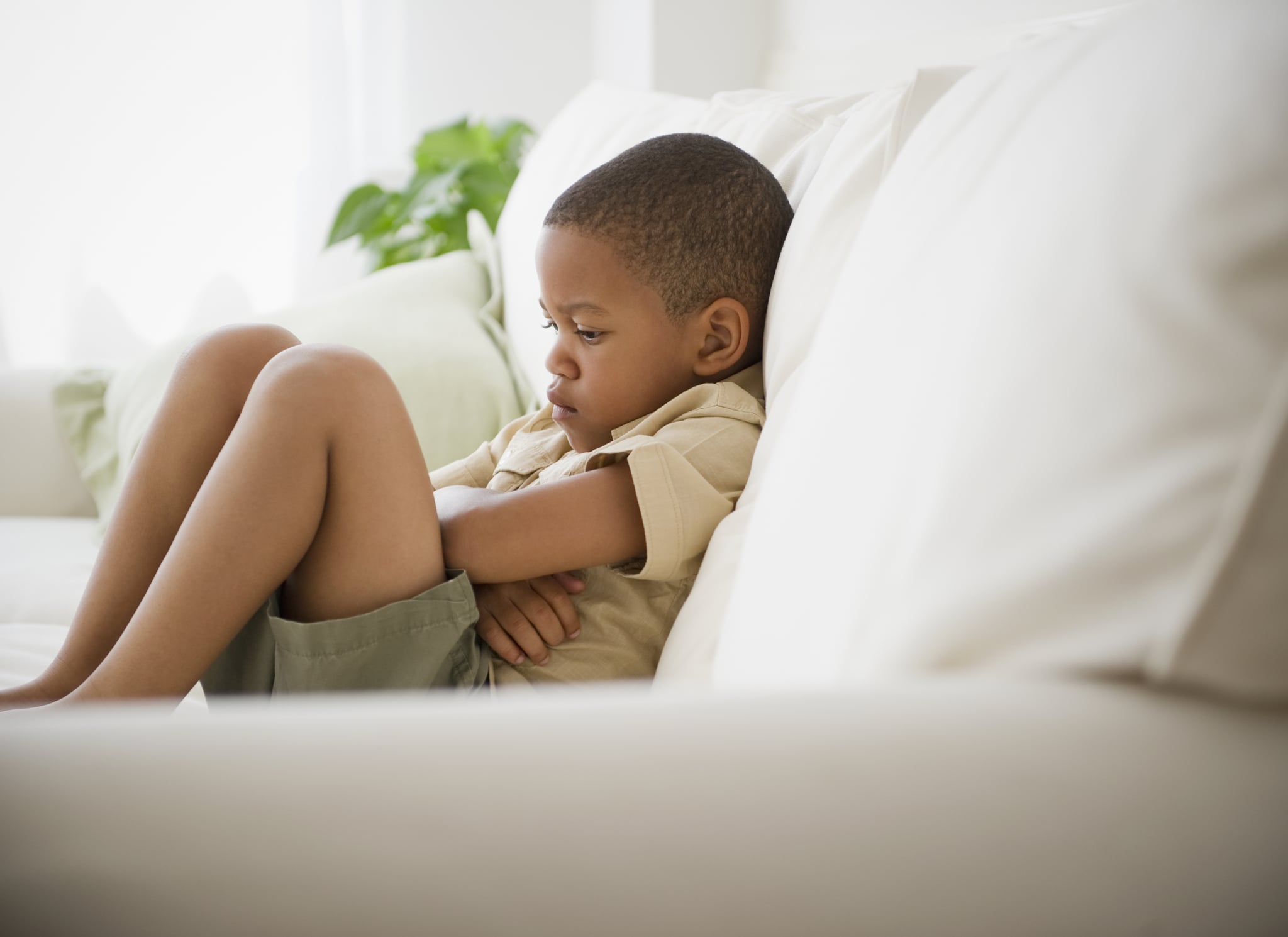
As a child psychologist and a mom of three children under the age of five, I think about how to handle child discipline constantly, both professionally and personally. A 2016 survey of a sampling of parents found that approximately 76% used time-out as a form of discipline [1]. But more importantly, the survey found that way parents define and implement time-outs is diverse.
Some parents flinch at the word time-out [2], as there historically has been a negative connotation associated with any form of "punishment." While time-outs sometimes give the adult a needed break [3] from unwelcome behaviour (who doesn't need two minutes to themselves?), they should be more than that. In general, time-outs should be thought of in terms of removing the child from positive reinforcement, which may take the form of parental attention, toys, screen time, peers, etc. While that is a great first step, there are many other things parents can do with the end goal of the child learning to self-regulate.
So, why are time-outs ineffective? Well, this is actually a complex question. Research does support the use of time-outs as an effective way of dealing with difficult behaviours [4] and enhancing self-regulation and child-wellbeing. Nonetheless, what time-out looks like in everyday households varies greatly.
I advocate for the necessary aspect of removing positive reinforcers, while also proactively providing children with coping strategies [6]. As children escalate, a parent can typically, but not always, sense that things are going to get harried. First, the child should be asked if they are feeling angry, frustrated, or any other feeling you may suspect. This helps give your child the emotional vocabulary [7] and also reminds them to check-in with their body and feelings. If your child continues to escalate and begins to tantrum, calmly and clearly (if you have any patience left) tell them they need to go to their safe space.
A safe space is a place that allows the child to express themselves in a healthy manner, while also providing them with coping strategies. Within this safe space, a parent may want to provide the child with a variety of sensory tools to help them calm down. This may include a comfy sitting area, books, music (try to avoid anything with screens), a punching pillow, a chalk board, access to clay, weighted blanket, drawing tools or paint, yoga cards, or mindfulness tools. One important part of the safe space is having the child choose what they think will help them calm down. They can also be a part of creating tools, such as a glitter jar, something that is often used in child therapy. After some time has passed, the parent should check-in with the child to discuss how they were feeling [8] and what helped them calm down.
The ultimate goal of the safe space is to provide an outlet for children. The hope is that they begin to sense their uprising feelings of (insert emotion here), be able to name their feelings, and then retreat to this safe space when they feel they may lose control. While this approach does take time and consistency, children who learn these skills will likely be apply these skills on their own as they develop and mature. A win for them (and us!).
